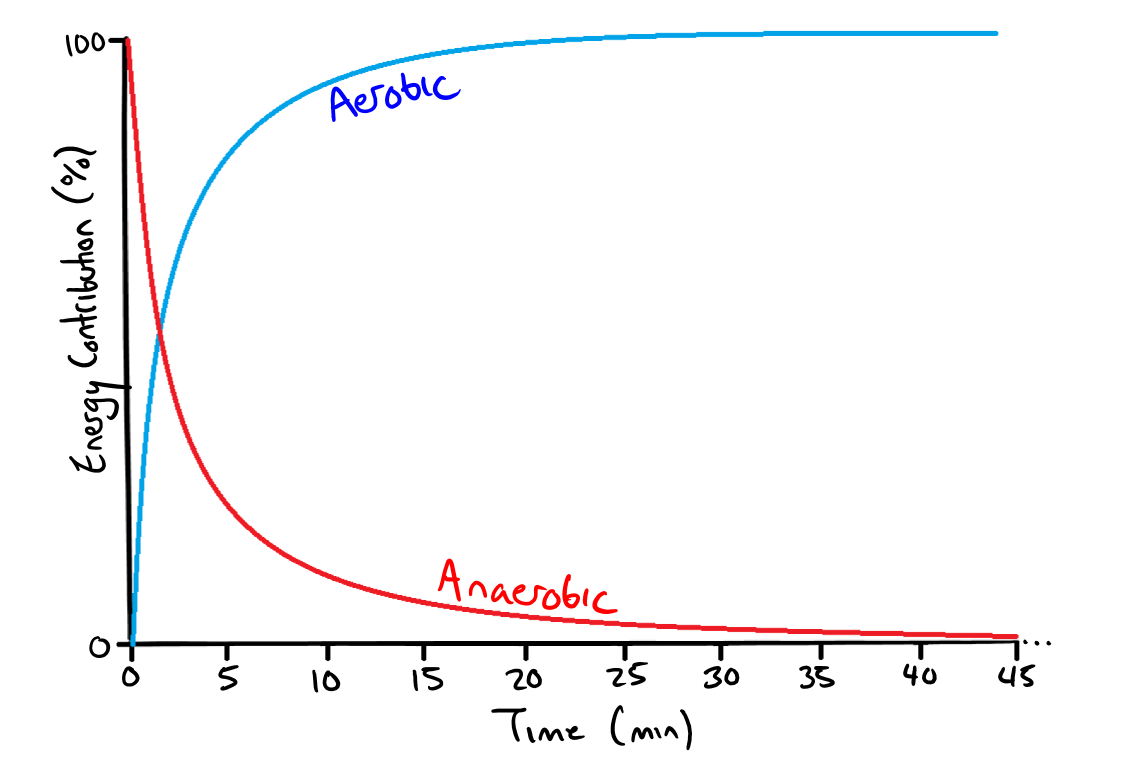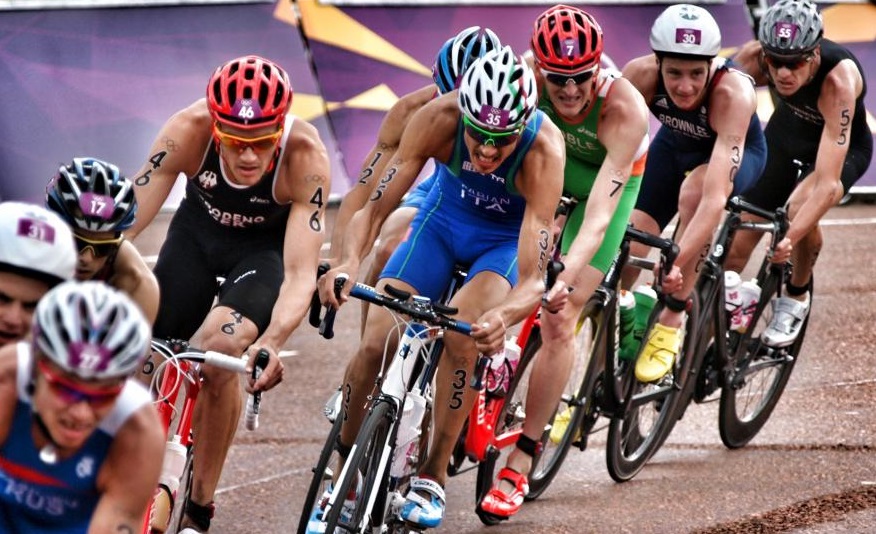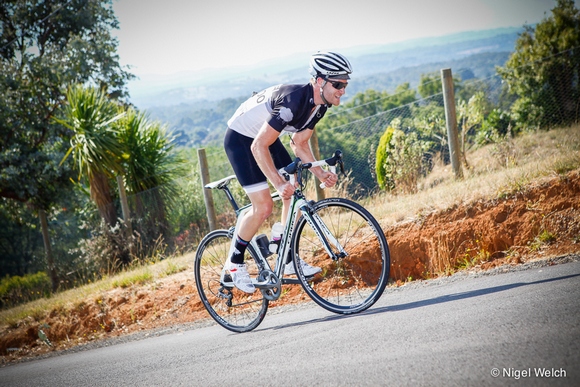Typically, athletes try to find external factors to manipulate performance and neglect to consider what is occurring at a physiological level.
There are two main topics that are crucial for endurance athletes such as cyclists: lactate threshold and aerobic capacity. Lactate threshold (LT) occurs when lactate acid accumulates at a faster rate than the body is able to flush out during intense exercise. During endurance activities, once glycogen stores are depleted the body must rely on other energy systems for conversions of glucose to fuel the activity, and this process releases lactic acid as a by-product. Lactic acid acts as a hindrance during activity because once levels become too high, muscles quickly fatigue.
Aerobic capacity also known as VO2 Max can be described as the body’s ability to consume oxygen during intense exercise, in other words respiratory endurance. Research in endurance athletes has demonstrated that high lactate threshold directly correlates with increased aerobic performance. An athlete that possesses a high lactate threshold will have a faster race pace. There are several factors, which can improve lactate threshold as well as VO2 max.
Congenital Factors
There are role players that are not within our control such as gender, age, and genetics. It has been shown that VO2 max capability has a relationship with genetics. Hence, an athlete typically has a predetermined range of VO2 max capability they can achieve through training and despite efforts cannot increase the value. However, an athlete can increase the percentage of VO2 max at which they could perform, but that will be discussed further on. Elite males have a higher VO2 max capability when compared to elite female endurance athletes, but surprisingly it is only by a 10% marginal difference. Increasing age has shown to play a factor in reaching higher levels of VO2 max capability, but can be negated with consistent training.
External/Acquired Factors
It is encouraging to know that with certain manipulations to our training we can improve our Lactate Threshold and VO2 Max values. The purpose of increasing lactate threshold is to be able to perform at a higher level, with less lactic acid buildup, thus less fatigue, which directly increases our aerobic capacity/VO2 max. For instance, prior to training interventions a cyclist was able to perform at 40% of their VO2 max, but after 2 months of training was able to increase to 50% of their VO2 max; therefore, performing the same amount of work with less effort. Consistent training allows the body to adapt and consequently more work is required to reach our Lactate Threshold.
Increases in VO2 max and Lactate Threshold are seen quicker in athletes who were former sedentary individuals instead of those who were active prior to picking up cycling. Additionally, it has been shown that the highest VO2 max an athlete is capable of is acquired after 8-18 months of consistent endurance training, but percentages within that capability can be continuously improved. During these months the respiratory system adapts and improves, lactate threshold levels increase, and efficiency of energy systems is improved.
However, studies in endurance athletes such as cyclists, runners, and swimmers has demonstrated that very specific training must be completed to acquire these gains. Increases to VO2 Max and Lactate Threshold levels are best achieved through interval training or tempo sessions. In which the body is performing at sub-maximal levels for shorter periods of time. Interval training should include longer work intervals and very short rest intervals so the body is forced to continue working hard even when it has not fully recuperated from the previous bout of exercise. The former type of training forces an athlete to rely more heavily on their respiratory system and not depend as much on their glycolytic system. The glycolytic system converts glucose into energy to fuel our activity, but this process releases lactic acid thus, reaching our Lactate Threshold levels quicker than we’d like.
Furthermore, strength training has also shown its benefits in endurance athletes. By completing a strength training regimen we can create muscle hypertrophy. Increasing the size of our muscles causes increased cross sectionals of our slow-twitch muscle fibers, mitochondria, and muscle recruitment. By having increased muscle recruitment in essence we have more “helpers” completing the same amount of work with less fatigue. Consequently, this increases our race pace and the amount of time we can sustain it. Additionally, it trains our neurological system to cause this increase in muscle recruitment and to become more efficient with our reliance on energy systems. Lastly, it has also been shown that in order for aerobic system improvements to be made, a total of 5,000-6,000 calories a week must be burned during training. These values can differ depending on the background of the cyclist whether they were athletes prior to cycling or sedentary.
Off-Season Adjustments
It is important to note, that highly conditioned athletes cannot completely take a hiatus from cycling during the off-season. Of all the physiological gains earned such as strength, power, muscular endurance, and cardiovascular endurance, the latter is the easiest and fastest to lose. Therefore, if training completely ceases it will become more difficult to recover those gains in VO2 max and Lactate Threshold when the season commences. In order for a cyclist to maintain their VO2 max gains, it is recommended they complete 3 training sessions a week at 70% of their VO2 max. Also, these training sessions must be sport specific in order to maintain these levels. As an added benefit, cross training can be completed in addition to those 3 sessions during the off season.
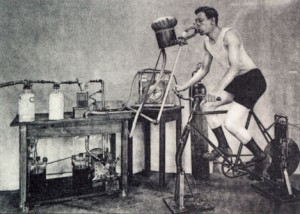


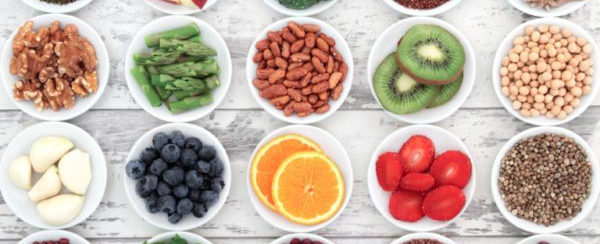

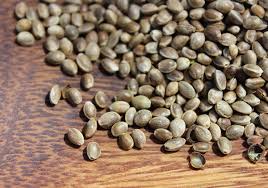
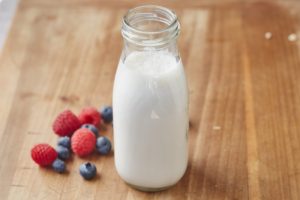










 The easier and more practical test can be done in 20 minutes. It may not be a “true” FTP test, as what you can maintain over 20 minutes will be different from what you could over an hour of pain, but it as much a mental test as it is physical.
The easier and more practical test can be done in 20 minutes. It may not be a “true” FTP test, as what you can maintain over 20 minutes will be different from what you could over an hour of pain, but it as much a mental test as it is physical.



 doctor for a stress test. However, you can also do a simple test yourself.
doctor for a stress test. However, you can also do a simple test yourself.
